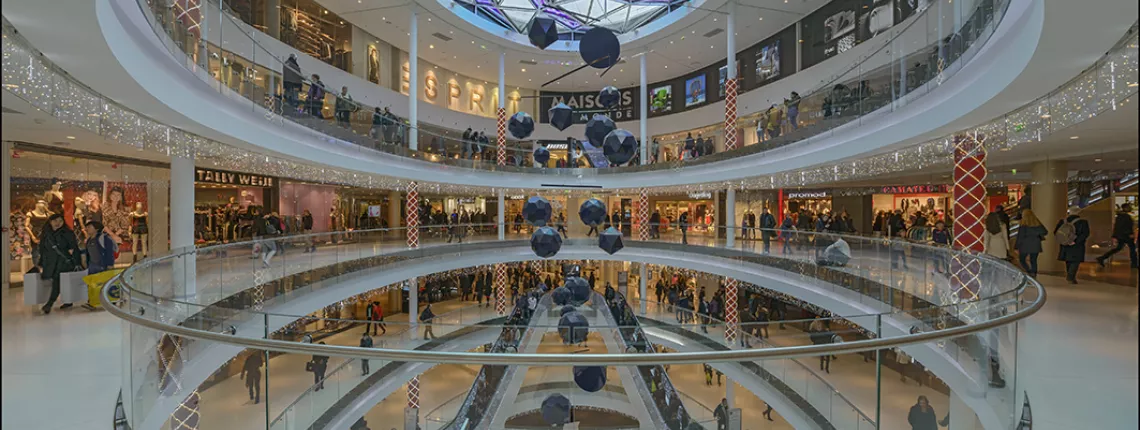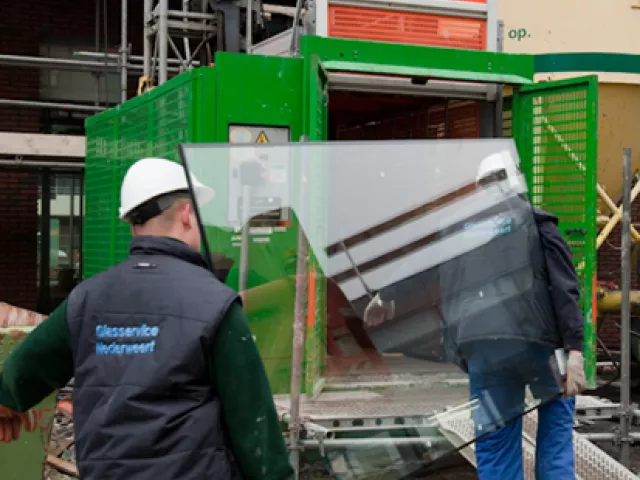Role of Static Smoke Barriers: Fire & Smoke Containment
Smoke barrier screens prevent the spread of fire effluents inside a building in the event of a fire by containing and channelling the movement of smoke.

During a fire, smoke containment screen systems maintain a smoke-free area and limit the spread of fire effluents inside a building in the event of a fire by containing and channelling the movement of smoke.
These systems are widely used to support the safe evacuation of people from buildings and other structures and to reduce damage and financial losses due to smoke. They also facilitate firefighting by improving visibility, reduce temperatures under the roof, and slow the spread of fire.
This is done by forming a barrier that creates a reservoir for smoke. This reservoir controls and limits the advance of smoke by channelling smoke in one predetermined direction to facilitate its evacuation and by slowing or preventing the circulation of smoke into other areas or voids.
Applications
Static smoke barriers can be used in the following containment applications:
- Around smoke tanks
- To screen pipelines
- At the edge of voids
- Above empty spaces
- Around the periphery of open atriums
- Within corridors
- At storefronts
- To isolate escalators
- To isolate stairwells
- To isolate elevators
- Along railway tracks and train platforms
Table 1 – Normalized classes
| Classes | Temperature (°C) | Time (min) |
|---|---|---|
| D600 30 | 600 | 30 |
| D600 60 | 600 | 60 |
| D600 90 | 600 | 90 |
| D600 120 | 600 | 120 |
| D600 A | 600 | Any duration beyond 120 min |
Table 2 – Classes for smoke barrier systems operating in high temperatures
| Classes | Temperature (°C) | Time (min) |
|---|---|---|
| DH 30 | Normalized heating curve (ISO 834/EN 1363-1) | 30 |
| DH 60 | Same | 60 |
| DH 90 | Same | 90 |
| DH 120 | Same | 120 |
| DHA | Same | Any duration beyond 120 min |



